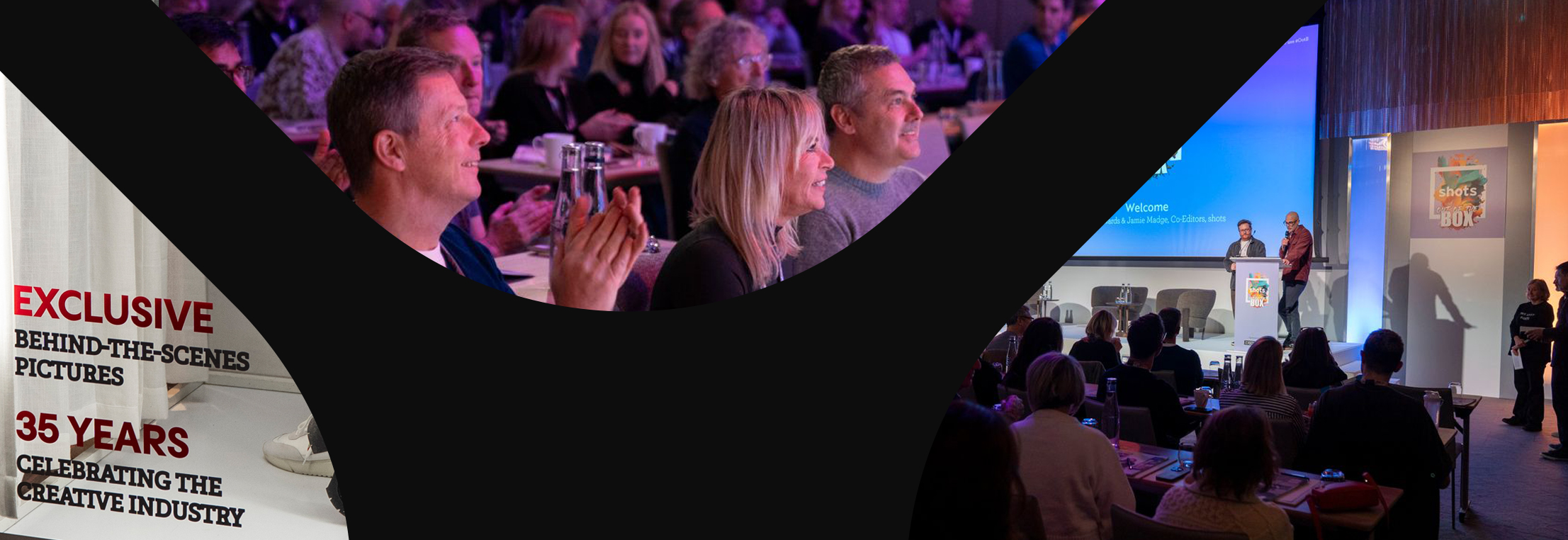The Battle of YouTube vs. TikTok
At their core, YouTube and TikTok share significant similarities. Both are video-sharing social networking platforms beloved by users for the wide range of content that can be consumed or created, ranging from dance to fashion to pets to food. YouTube came first, launching in 2005 before being bought by Google one year later. TikTok, which is owned by Chinese company Byte Dance, debuted in 2016 and soon unseated YouTube’s long reign as the go-to site for digital content. TikTok is often considered the dominant social media site, particularly among Gen Z and Gen Alpha members and the reach of its widely-used search engine may even rival Google. However, TikTok’s one billion active global users total only half of the two billion who are active on YouTube. And so the battle for dominance continues. Here’s what you need to know.
Use Cases
In June 2020, TikTok overtook YouTube for the first time as the most-watched video platform for kids and teens. Younger demographics averaged 82 minutes per day on TikTok, compared to 75 minutes a day on YouTube. That difference further increased the following year during the height of the global Covid-19 pandemic that saw cancellations in clubs, sporting events and after-school engagements. Instead, locked-down kids started using TikTok for everything from connecting with friends to mastering DIY hobbies. As a result, usage surged to an average of 91minutes a day by the end of 2021, compared to YouTube’s 56 total usage minutes. Growth rates were even higher in the UK, where the number of adult TikTok visitors skyrocketed from three million in September 2019 to 14 million by March 2021. “TikTok also saw the biggest increase in daily use among young adults—with 18-24-year-olds more than doubling their time spent on it in the year to September 2020, up from 17 minutes to 38 minutes,” according to an Ofcom report. Data compiled by software maker Qustodio reports that teen TikTok usage in Britain averaged 102 minutes per day in 2021, versus 53 minutes spent by that same group on YouTube.
The gauntlet was thrown—and YouTube engineers were quick to respond. Last July, Google’s social video-sharing platform introduced YouTube Shorts, which lets users post videos that must be 60 seconds or shorter, are vertically oriented and play in an endlessly scrolling format. Sound familiar? TikTok videos typically range from 15 to 60 seconds in length (though as of February 2022, they can run a max of 10 minutes), present vertically and appear in a single continuous scroll. Shorts creators can also add hashtags, music, or audio clips to their digital offerings. In June of this year, YouTube reported that over 1.5 billion users are watching Shorts videos each month—a number on par with TikTok viewing figures. “Through innovations in Shorts, Live and Podcasting, we’re now able to provide a one-stop-shop experience for creators to truly flex their creative muscles, build audiences, and make money,” said Tara Walpert Levy, YouTube’s VP of the Americas. “By shifting to a multi-format approach, these creators are building unrivaled content strategies specific to their individual channels—while changing the larger content game and driving the creator ecosystem forward.”
CTV for All
While many users watch YouTube from a mobile device, the amount of people who consume this content via connected television (CTV) is likewise growing. In fact, eMarketer reports that connected devices will account for over 36% of the total time spent on YouTube this year, a figure that’s expected to rise to nearly 40% by 2024. Now the Google-owned site is looking to further expand that presence by providing advertisers with additional ways to buy CTV ads. And it’s preparing to support YouTube Shorts on its smart TV app, an update that will roll out in the next few months, so that more consumers can watch vertical videos on their TVs more often. As related to YouTube’s CTV future, “we are very excited about the roadmap here,” said Chief Business Officer Philipp Schindler.
TikTok, meanwhile, has been working for the last four years “to get TikTok onto every screen in the universe,” according to a LinkedIn post from Isaac Bess, global head of distribution partnerships. That includes a significant CTV push in which the social site has already made progress through its app appearance on smart television systems including Google TV, Samsung, Fire TV and Vizio. But in this particular battle, YouTube may hold the upper hand. Nearly every smart TV today already comes installed with the YouTube app, while many television users will have to actively seek out and download TikTok’s CTV app in order to make the shift away from mobile.
Power Points
TikTok may have humble beginnings as a fun app used by teenagers to post videos of silly dances, but the site has since evolved into a powerhouse platform now used as a top marketing tool by countless companies. It was the most downloaded app of 2021, helping previously unknown brands go viral nearly overnight thanks to creatively curated content and thoughtfully used hashtags. Some claim searches for their products increased by 400% over the course of several days. TikTok’s superpower is perhaps most effective in the marketing of beauty products, as evidenced by now world-famous hashtags like #TikTokMadeMeBuyIt. Gen Z entrepreneur Jason Wong is a beauty brand founder who used TikTok in 2019 to transform his company, Doe Lashes, into a $15 million business based on a $500 investment. “We just throw a hundred things at a wall, see what sticks, and make more of the stuff that sticks,” said Wong. Among those winners are behind-the-scenes videos showing how the extension eyelashes are made, along with funny content demonstrating unconventional uses for Doe products. Case in point: The company filmed a video of someone using chopsticks to apply a single eyelash at a time, and “people went crazy over it,” said Wong. “I know creators with 500 followers who have a TikTok viewed 900,000 times. That doesn’t happen on YouTube.”
That said, there’s no arguing this simple yet mighty truth: Despite TikTok’s extraordinary popularity, YouTube is still the preferred platform among teens in the United States, according to a recent study from Pew Research Center. Of the respondents surveyed, all 13 to 17 years old, 95% said they use YouTube and 19% reported turning to it “almost constantly.” TikTok was next on the list, used by 67% of respondents, followed by Instagram and Snapchat. This proves that younger demographics do have an appetite for long-form content, as further evidenced by the rising popularity of YouTube video essays. Ranging from 10 minutes to upwards of one hour, these deep-dive films can be used to address any topic, from politics to gaming. Many of the Gen Z kids who grew up viewing essays are now passing the torch to the next generation by crafting their own. “Video essays are a form that has lent itself particularly well to pop culture because of its analytical nature,” said Madeline Buxton, culture and trends manager. “We are starting to see more creators using video essays to comment on growing trends across social media. They’re serving as sort of real-time internet historians by helping viewers understand not just what is a trend, but the larger cultural context of something.”
Time’s passage will no doubt bring about more changes in the social media landscape. Facebook, for example, was once seen as the world’s most popular platform, but in recent months and years the tech giant has fallen out of favor, its decline in part precipitated by the emergence of TikTok combined with YouTube’s enduring appeal. So who will ultimately win the battle between TikTok and YouTube? Perhaps that outcome doesn’t matter. What’s more interesting is watching them both play out in our ever-evolving digital world.
Read more:
- Marketing Triumph in The Age of Agility
- The NFL Season Kicks Off
- What Cord-Cutting and Kids’ Programming Means for Marketers
- ER Webinar: Video Ad Workflow for the Way TV Is Consumed Today
Whether you’re a marketer or agency looking to advertise on YouTube, TikTok or any digital or linear screen, Extreme Reach brings speed, simplicity and accuracy to every campaign launch.



